PUBLISHER: Amy Marson CREATIVE DIRECTOR: Gailen Runge ART DIRECTOR/COVER DESIGNER: Kristy Zacharias EDITOR: S. Michele Fry TECHNICAL EDITOR: Ann Haley BOOK DESIGNER: April Mostek PRODUCTION COORDINATORS: Zinnia Heinzmann and Freesia Pearson Blizard PRODUCTION EDITOR: Katie Van Amburg ILLUSTRATOR: Jessica Jenkins PHOTO ASSISTANT: Mary Peyton Peppo STYLED PHOTOS by Nissa Brehmer, unless otherwise noted;
INSTRUCTIONAL PHOTOS by Diane Pedersen, unless otherwise noted Dedication Id like to dedicate this book to my gorgeous little family: to my long-standing and loving husband, Dave, and to my two beautiful girls, Madeleine and Greta. What would I be without you all? Acknowledgments Id like to thank all at C&T Publishing for asking me to write this book and for all their support along the way. To my lovely circle of friends you know who you all arethanks for keeping me going through all my moaning and self-doubt. Massive thanks to my ever-supportive friend Elizabeth for giving me 1,001 ideas whenever I called and asked for help. Finally, to Dave, Maddy, and Greta, who have put up with my being absent from them for far too many weekends, too many family day trips and family movie nightsapologies for my grumpiness over the last few months.
I promise with all my heart to make it up to you all. Introduction Why Do I Love Paper Stitch So Much? Where do I start? OK, here goes! Stitching into paper is so much fun! Its a pretty easy, inexpensive, and quick way to create fabulous and one-of-a-kind projects. Im so glad you have decided to join me in creating some gorgeous gifts and other goodies; we are going to have so much fun! So come on! What are we waiting for? Think Unique, Not Perfect Im very enthusiastic about paper stitchcan you tell? Through this book, I hope to inspire you to be just as passionate as I am about paper and all the wonderful things you can create with it. Dont worry if you dont get it right the first time or youre thinking that yours doesnt look exactly like mine. Thats totally fine! Remember, we learn through the mistakes we make, so make manyits OK, honest! Ive made loads of mistakes along the way; in fact, I still doevery day. Just relax, experiment with different papers, and dont be scared to try out new techniques.
Why not invite a friend along and get creative together? Its so much more fun when you can bounce your inventive and crazy ideas off each other. Whats in Store First up, well talk about the basics you need to know: using a sewing machine, matching colors, choosing papers, tracing, and using patterns. Then Ill work closely with you and well take it nice and slowly, tiny step by tiny step, until you feel confident enough to go it alone. Trust meit wont be long at all before youre whipping up your very own, totally awesome stitched-paper creations. Come on, why are we hanging around here? Lets just go for it! Just the Basics Basic Sewing Terms Craft supplies and techniques may have different names in different parts of the world. In this book, Ive used the American terms.
I am originally from England and now live in Australia. In this book, I added the terms I use in parentheseslets hope you can understand me. Appliqu: Merriam-Websters dictionary says that appliqu is a cutout decoration fastened to a larger piece of material. Appliqu is pretty much what you are doing when you stitch into paper. It doesnt matter that the material youre using is paper and not fabric. You are still appliquing one material onto another, but youre using glue to stick it in place and a sewing machine to sew around it.
Backstitch: Most sewing machines have a button that will cause the machine to sew in reverse, creating this stitch. So find your machines backstitch button. Card stock: Card stock is smooth. It is thicker and heavier than construction paper, and the colors tend to be more vibrant and varied. You can substitute construction paper for some projects, but you will have a less smooth and less sturdy finished item. Freezer paper (baking paper): This paper has a shiny side and a dull side.
Place it on your table with the shiny side facing up. The patterned papers wont stick to it and you wont get glue on your nice table. Pattern: A shape used when making something. For us, the patterns are what we will trace from the book. Patterned: Something with a repeated artistic or decorative design. We will use patterned paper (paper with designs on it) for our projects.
Tracing paper: Thin, transparent paper that you put over a picture so that you can draw over its lines in order to make a copy of the picture. Zigzag stitch: You know what a zigzag is. Well, most likely your machine will do this side-to-side stitch for you! Cool!  Threading a Machine When you first have a go at threading your machine, you will probably find it a bit tricky. Dont worry! After you have done it a few times, you will manage to do it in seconds! Grab your instruction manual just in case. Most machines are threaded this way, so just carefully follow the arrows in the photo (at right) or the instructions in your machines manual.
Threading a Machine When you first have a go at threading your machine, you will probably find it a bit tricky. Dont worry! After you have done it a few times, you will manage to do it in seconds! Grab your instruction manual just in case. Most machines are threaded this way, so just carefully follow the arrows in the photo (at right) or the instructions in your machines manual. 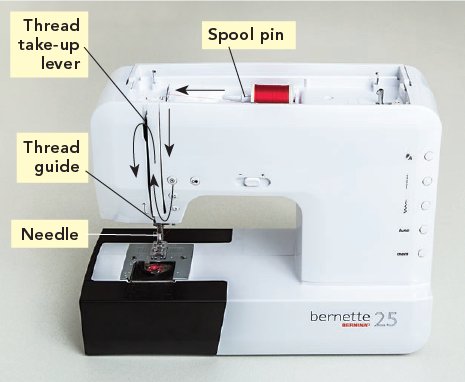
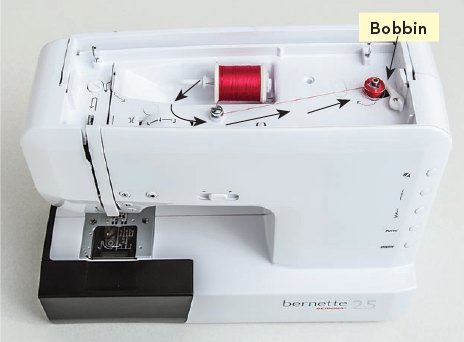
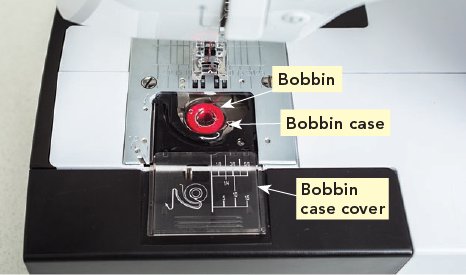 Remember the machine wont sew properly unless you thread it correctly and in this order. Also, dont forget that you will have to thread the bobbin, too.
Remember the machine wont sew properly unless you thread it correctly and in this order. Also, dont forget that you will have to thread the bobbin, too.
Wind the bobbin from the bobbin winder spindle. Then thread the bobbin into the bobbin case and insert it into the machine correctly. Double and triple check that you have done it properly before you start sewing. Good luck, guys! Sewing on a Machine Sewing on paper is much easier than sewing on fabric. In fact, its a super-fun way for beginners to learn sewing machine basics. After just one project, I bet youll be totally confident.
As you work your way through each project, Ill talk you through every step. Dont worry about a thing; were in this together. Things to Remember Use a medium-sized needle. Use a medium stitch length. (Its number 3 on my machine.) Stitches that are too short will rip the paper.  Three stitch sizes.
Three stitch sizes.  Three stitch sizes.
Three stitch sizes.
Use the middle one. Use cotton rather than polyester thread. Make it bright! If you are using pink paper, use a green or blue cotton thread. It will stand out much better than a matching thread! Use a medium-thick card stock. If the paper you use is too thin it will easily tear, too thick and you could break your needle! Experiment by buying a few pieces of paper that are of different thicknesses. Youll soon find out which ones work best for you.
Will My Needle Break? People ask me all the time if I break needles a lot. In fact, nothing could be further from the truth: I have actually never broken a needle! However, paper will dull the needle quickly. Replace the sewing machine needle before sewing on fabric. Securing Ends Guess whatyou dont always need to secure the ends of the thread, as you have to when sewing fabric. In fact, hardly ever! Just sew, cut the ends, and youre done. It couldnt be easier or quicker.
Next page
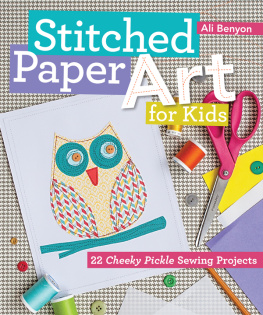
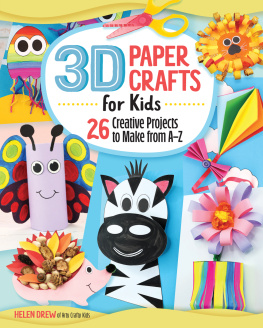

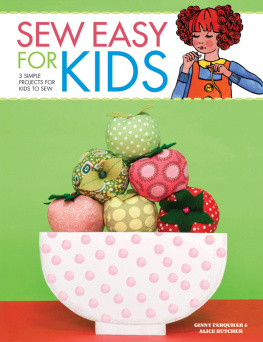
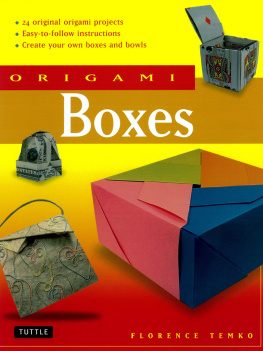
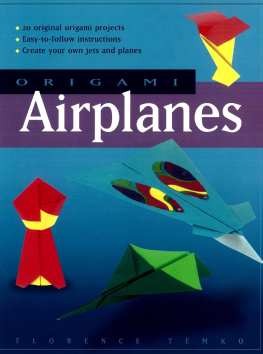
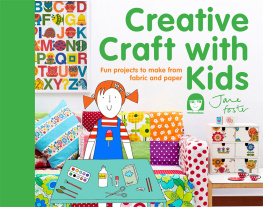
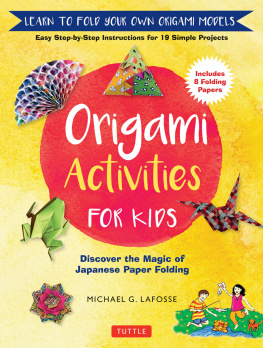

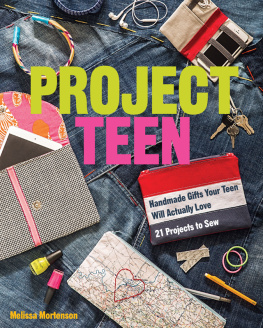
 Threading a Machine When you first have a go at threading your machine, you will probably find it a bit tricky. Dont worry! After you have done it a few times, you will manage to do it in seconds! Grab your instruction manual just in case. Most machines are threaded this way, so just carefully follow the arrows in the photo (at right) or the instructions in your machines manual.
Threading a Machine When you first have a go at threading your machine, you will probably find it a bit tricky. Dont worry! After you have done it a few times, you will manage to do it in seconds! Grab your instruction manual just in case. Most machines are threaded this way, so just carefully follow the arrows in the photo (at right) or the instructions in your machines manual. 

 Remember the machine wont sew properly unless you thread it correctly and in this order. Also, dont forget that you will have to thread the bobbin, too.
Remember the machine wont sew properly unless you thread it correctly and in this order. Also, dont forget that you will have to thread the bobbin, too. Three stitch sizes.
Three stitch sizes.